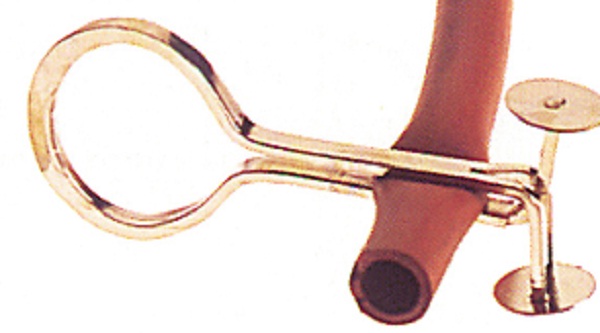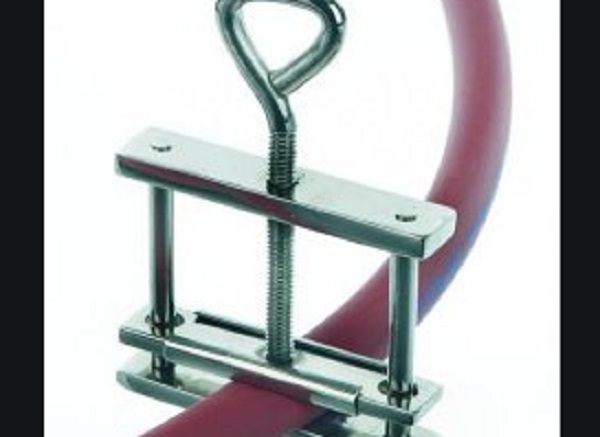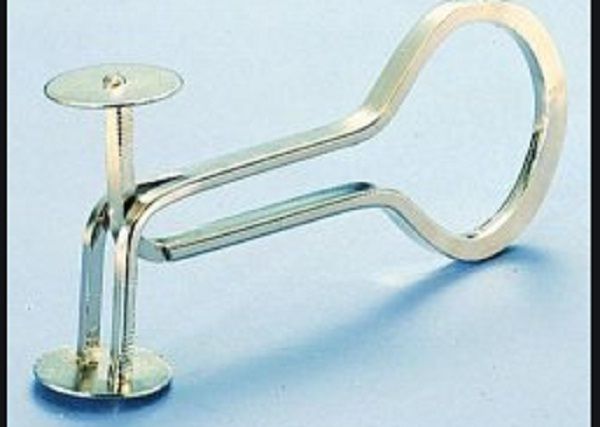In the laboratory every instrument counts, although in sometimes the function it fulfills is not recognized. In honor of those materials that are used every day but their work is not recognized properly. We will make this informative article with everything you did not know about Mohr's tweezers. Find out what they are and what they are for, coming up next.
What are Mohr tweezers?
Worldwide known as burette tweezers, their real name is Mohr tweezers or Hofmann tweezers. The man whose name they have was a civil engineer from Germany, Otto Mohr famous during the nineteenth century. Inventor of multiple laboratory instruments, although he is mostly known for these tweezers that bear his name. However, few know that he is the creator of the graduated burette, which is used today.


They are a laboratory implement that controls the passage of liquid by adjusting the pressure in a Monr burette. Which is basically a hose and the name of the clamps is derived from the name of this bureau.
Description of Mohr tweezers
They are regularly made of metal and their shape is quite curious, at one end is a hoop that then on one of the sides extends towards two rods. These rods they form parallel lines with only a small space between them. Some discs are connected to these parallel rods at the ends of the same ones.
Some have the shape of mittens, while others have key shape but they all fulfill the same function. Your body has a somewhat flexible. Although the design has varied over the years. I don't know he has made a great modification to the original model, he still owns the original foundation. For this reason it performs its function perfectly, such that when it was created.
What function do Mohr Tweezers perform?
Like all tweezers, they perform clamping functions, in this particular case they do not just fasten. If not by the measure of pressure that they exert, obstruct or allow the passage of liquid through from a hose. Based on the fact that the more pressure you do the less amount of i'll let you in.
Mostly these tweezers are used specifically in the realization of Mohr's method, which is basically a generator of mixtures in controlled environment. The method consists in performing a determination of ions of chlorine by a precipitation. Using a silver nitrate standard what causes the reaction giving rise to silver chloride. Using as an indicator for valuation potassium chromate. The function would be to limit or control the amount of a pattern that passes through the hose while the ion titration is being performed.


Using Mohr tweezers
The use of this wonderful laboratory implement is limited to use in conjunction with burettes. However, it is currently they use simple stopcocks, which are located at the bottom of it.
Performs high-precision control and is much easier to manipulate during process.
On the other hand these Mohr tweezers were created specifically for this function so some laboratory technicians.
They prefer their use in procedures even if it is a little more laborious. Due to the specificity and to which they perfectly fulfill their function.
These tweezers, being called burette tweezers, tend to be confused with the metal tweezers that together with the universal holder hold the burette. However, their functions are clearly differentiated and are completely opposite.
Undoubtedly, the materials and laboratory instruments are really diverse and the knowledge of them will help us to make a correct selection that greatly facilitates the process to be carried out. Now that you have discovered many things you didn't know about Mohr tweezers, discuss with some friends their importance. In addition, access our other publications so that you can expand your knowledge much more. Remember that knowledge of equipment and materials is a guarantee of a good experiment even in a 50% higher probability.

